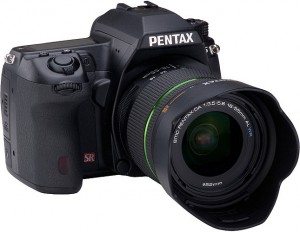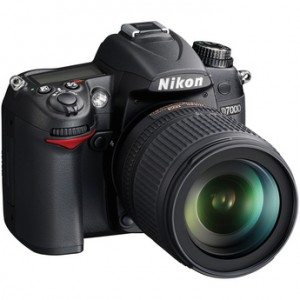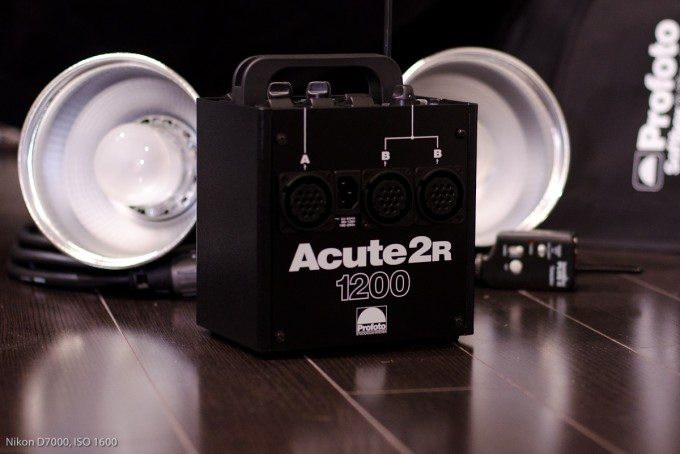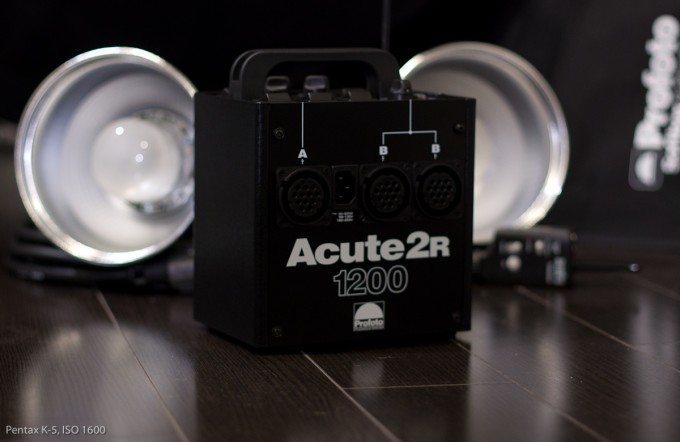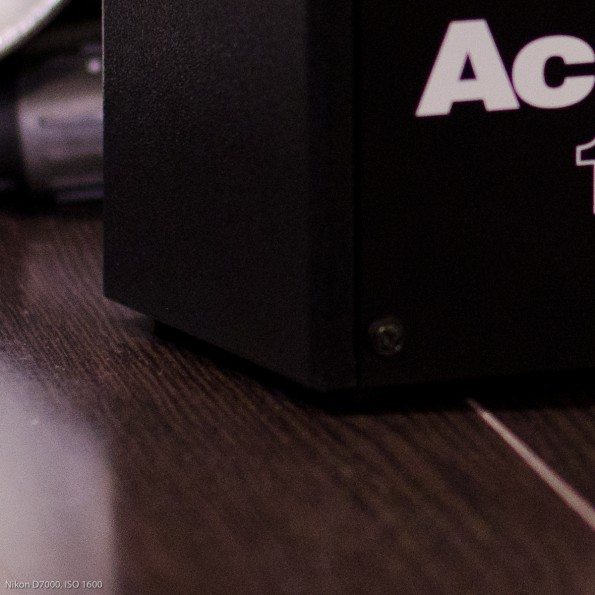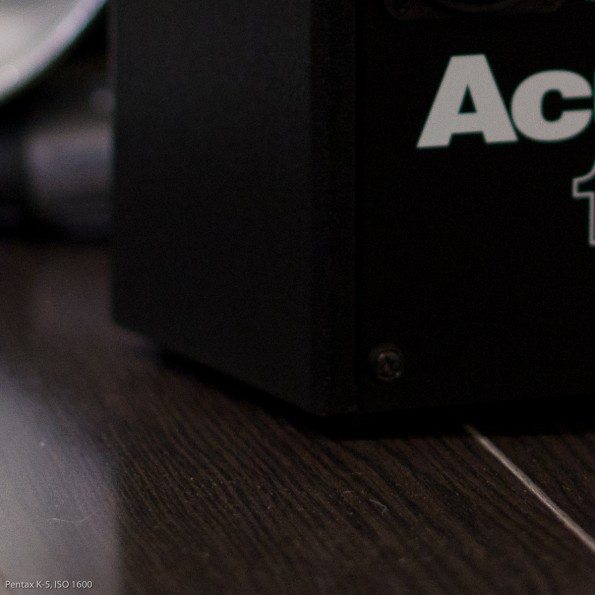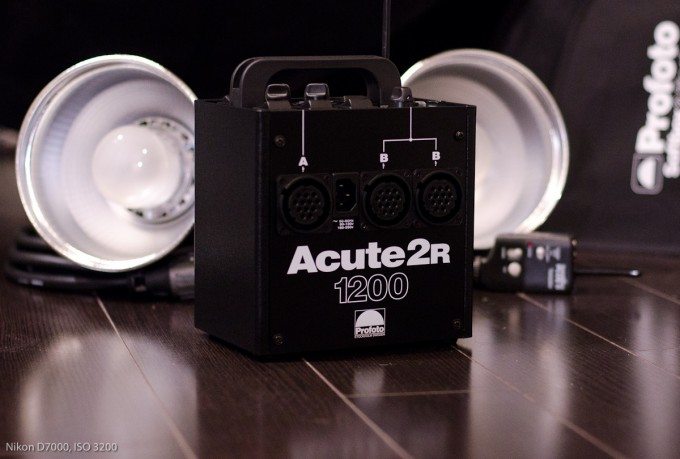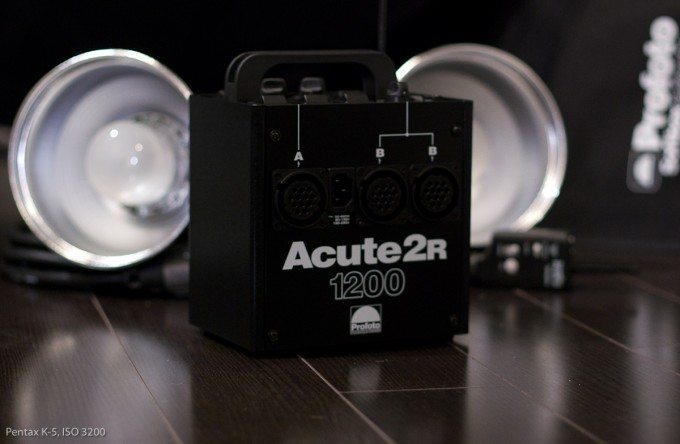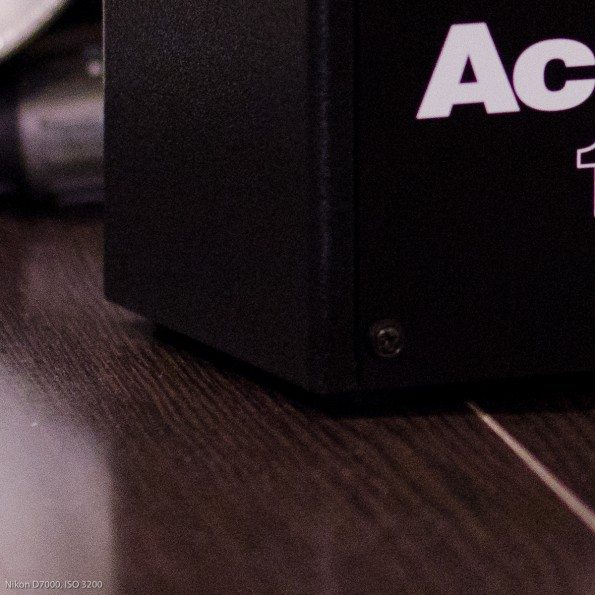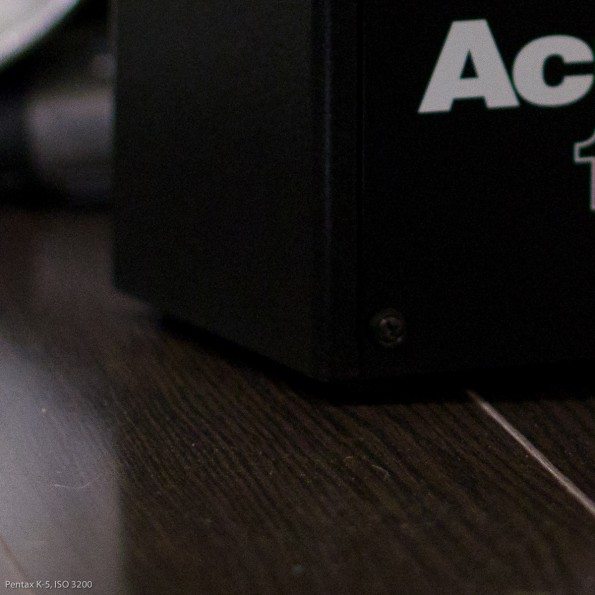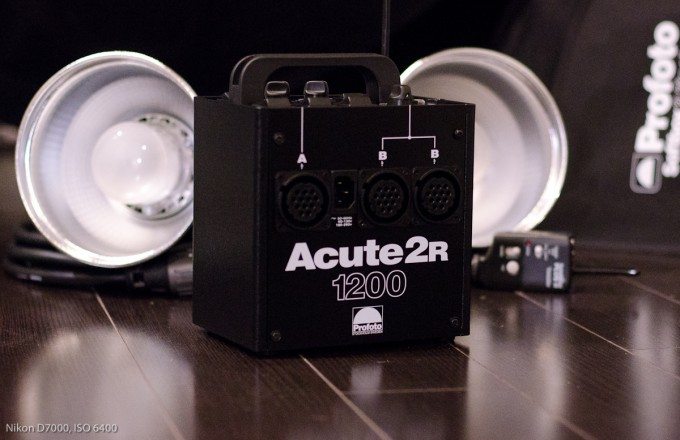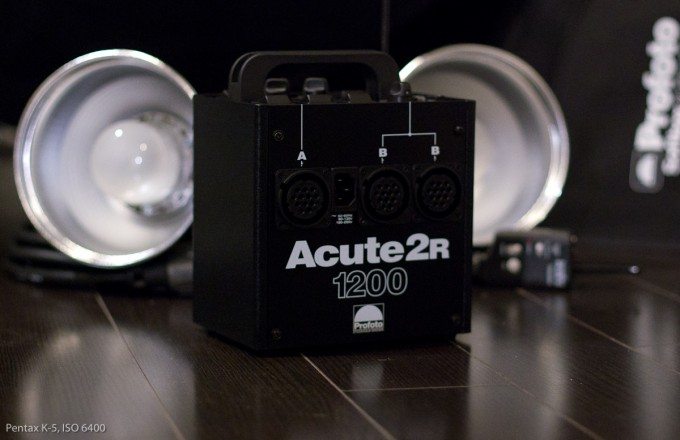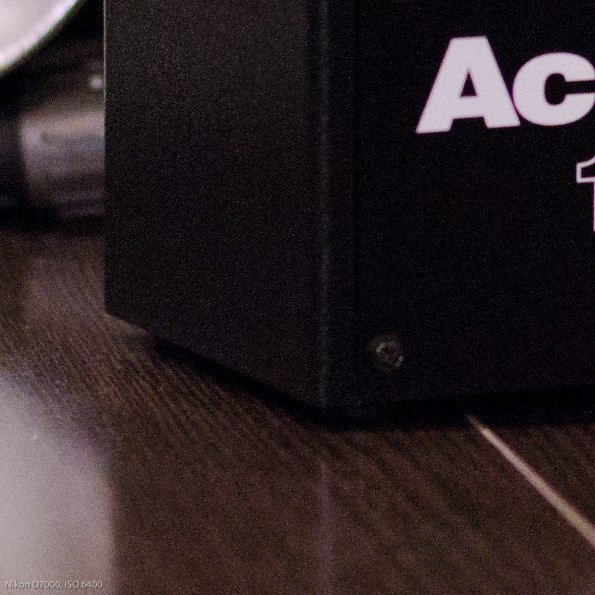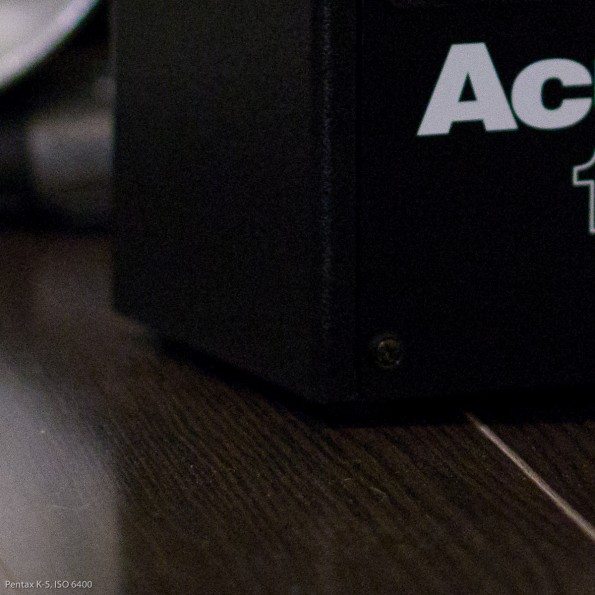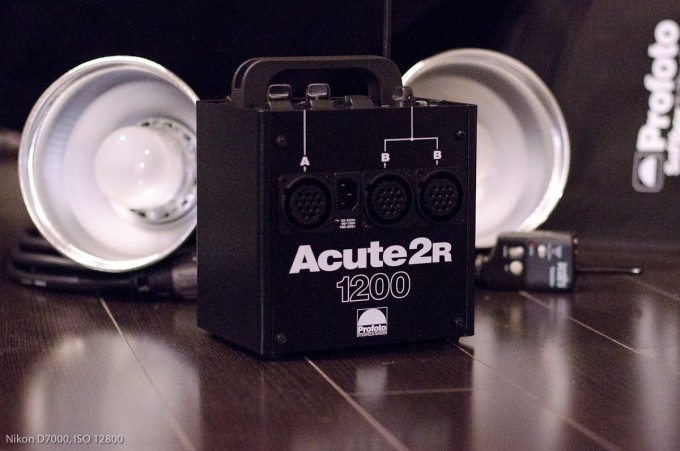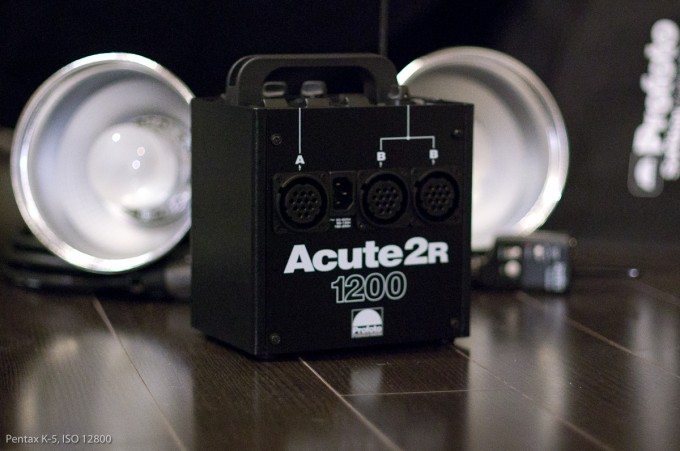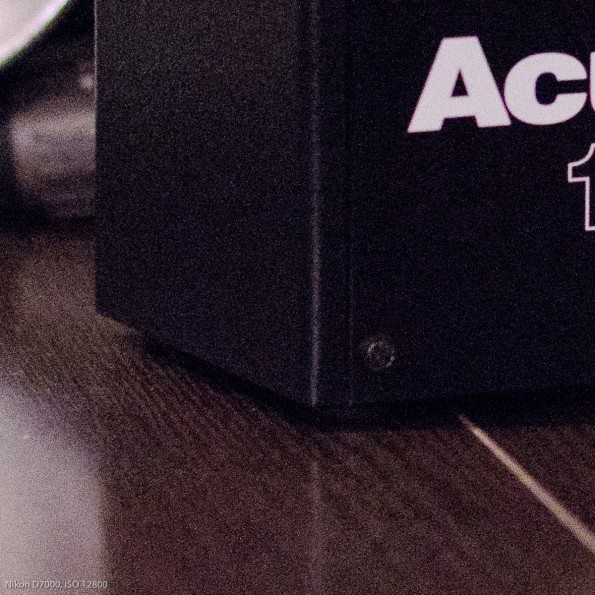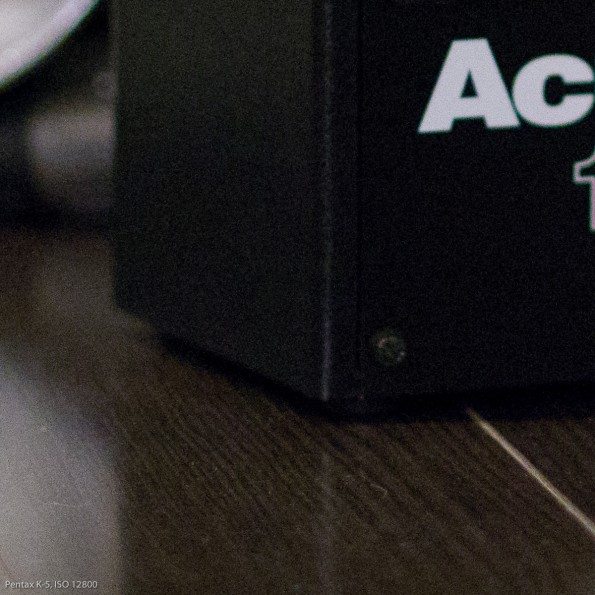Last Updated on 02/04/2011 by Chris Gampat
There has been some debate, on this site and on others, about the Pentax K-5 and Nikon D7000. Both are new on the market, packed with their respective company’s hottest new features including 16+ CMOS sensors that deliver wide dynamic capture, great color, and smooth detail. Both have made favorable impressions with reviewers, including myself. To address some of the comments we’ve been getting regarding grain and image quality, as well as to satisfy my own curiosity, I decided to set up a little informal test up to push both cameras to the extremes of high ISO and noise and the results are pretty interesting.
Regarding ISO, it’s interesting to note that the Pentax K-5 has a higher range. When extended via a custom menu setting, the camera can soar all the way to the twilight zone of ISO 51,200 (a new crop-sensor 35mm record). The D7000, meanwhile, offers more fine tuning, defaulting to 1/3 stop steps compared to the K-5’s full steps. Also, the D7000, in Nikon’s tradition, turns to the coded labels “H0.3, H0.7, H1.0, and H2.0” once a photographer passes ISO 6400 (representing 1/3 stops).
It seems to me, with Pentax’s subtle hide and seek with the super sensitivities and Nikon’s naming game, that neither company wants us to think these are intended for every day use, just there for the rare times when you want to take pictures in the dark. And they’re right, the settings get grainy. Heck, the settings for my eyes get grainy when it’s dark enough to need ISO 51-thousand.
Both cameras really are exceptional, especially for the sensor size and price points. Neither will be taken for the full-frame $5,000+ cameras on the market, but both represent well the new creative doors open to the “prosumer” market. But is one better at high ISO? Yes, and my results are:
ISO Torture Test Results, Nikon D7000: 2nd Place
I’ve criticized the D7000 for its tendency to show too much grain in some settings. It’s true. Nikon has, in the game of engineering balance, added more pixels, higher ISO, and allowed a bit of grain. On the plus side, the D7000 has amazing color rendering and very good dynamic range. The D7000 has as much color pop as any camera I’ve tested, and a little grain in the mix is not so bad.
In my test, the Nikon files look better, in terms of color. They have more noise, to be certain, but it comes with good detail, and more lively images. I might say, subjectively, that the files look better, with a sharp clarity that only falls to distracting noise when zoomed in. But, without doubt, the Nikon files, as tested here, are more noisy, with noticeable grain and loss of detail, especially when zoomed (just take a look at the example images below.)
ISO Torture Test Results, Pentax K-5: 1st Place
I have really enjoyed the Pentax K-5, it renders fantastic detail and offers a tremendous range of ISO. It has a tendency to purple fringe, but is highly respectable in every other conceivable area of image quality. Its files, as described in more depth in our review series, have the slightly-flat look of wide dynamic range medium format files, which is awesome. It takes a little processing, in camera or in post, to get the same pop the Nikon files have naturally, but all the data is there.
In my test, all the data IS there with the Pentax. The K-5 files are distinctly cleaner, with more detail, and less noise. In this little showdown, the Pentax K-5 has clearly demonstrated both less noise and more detail at high ISO and is a clear winner.
Pentax K-5 vs. Nikon D7000
So the Pentax K-5 is the high-ISO champion from today’s showdown, but there is more to photography than just shooting in the dark. So, while these two cameras are going head to head, here are some other thoughts on advantages between the two, and my thoughts on which I’d recommend to potential buyers:
The Pentax is better-made, nicely heavier, and more rubbery.
•Build Quality Advantage: Pentax K-5
Having used both Pentax and Nikon cameras professionally, I prefer Nikon’s control style and the D7000 just feels less clunky to work… love that Video/Live View control, and the exposure mode/drive mode control wheel combo. Plus, the Nikon is much faster with previews, menus, etc.
•Control Advantage: Nikon D7000
Nikon has given the D7000 a natural tendency to decisive contrast and saturation, while the K-5 plays it safe in both areas (at least in RAW files) and delivers cleaner, smoother-looking images with more natural contrast and subdued colors. Nikon D7000 files look great, Pentax K-5 files look great, both are different. Throw in High ISO image quality and the balance tilts towards the Pentax, but then there’s the purple fringing. Also, of course, both cameras offer extensive controls for amping up, tweaking, and finessing RAW files when shooting.
•Image Quality Advantage: Pentax K-5
Nikon has, once again, delivered the world’s best autofocus. This one is no contest.
•Autofocus Advantage: Nikon D7000
Price: Nikon D7000: $1200 camera body only, $1500 with a kit lens (18-105mm VR); Pentax K-5: $1,470 camera body only, $1,580 with a kit lens (18-55mm).
•Price Advantage: Nikon
Recommendations
My conclusion? I love both of these cameras. For the market, for the price, for the size, I’d have to give a slight nod towards the Nikon D7000. I prefer the color and contrast of the Nikon files and the controls of the D7000. It’s a great camera for family portraits, travel, and learning the ropes of high-end photography and offers a clear upgrade path to full-frame professional cameras. It lacks the image quality clarity of the the K-5, but easily captures punchy, vivid images and video.
The Pentax K-5 has its place too, and will be the preferred camera for many photographers. As a better-made camera with cleaner, more professional output, it’s a wiser choice for professionals looking for a super compact DSLR. Indeed two K-5s and a bag of lenses, and a wedding photographer is in business for half the weight and a third of the cost of professional Nikon gear. Its files are impeccably clean, exactly as I’d want files to be going into post production. The Pentax K-5 delivers professional results at an impressively accessible price point and from an impressively small camera. It offers more options, more refinement, more experimenting, and is overall a more complex machine. Techy experimental photographers will prefer it to the simpler Nikon. My preference, for what it’s worth, is for the quick, straight-shooting Nikon.
Test Images, ISO Torture Tests
Where is noise most likely to happen? At high ISO and in the dark areas of an image. I set up the following dimly-lit still life scene of dark-colored objects to harvest the most grain possible. [It’s not fair, to be sure: please note that both cameras are capable of amazing photos in more reasonable settings!] The subject is Profoto’s Acute 2R 1200 lighting kit (which, if used, would have made for brilliant, noise-free photos from both cameras, but that wasn’t the point!)
Crops at approximately 100% are provided, for more painful camera torture. Please note that my findings as described above are based, not on these web-resized versions, but on viewing full-size RAW files on a calibrated studio monitor. Even in the crops, depending on your screen, the difference in grain is visible, but on the big screen, the difference is much more striking.
ISO 1600
ISO 3200
ISO 6400
ISO 12,800
Please Support The Phoblographer
We love to bring you guys the latest and greatest news and gear related stuff. However, we can’t keep doing that unless we have your continued support. If you would like to purchase any of the items mentioned, please do so by clicking our links first and then purchasing the items as we then get a small portion of the sale to help run the website.


